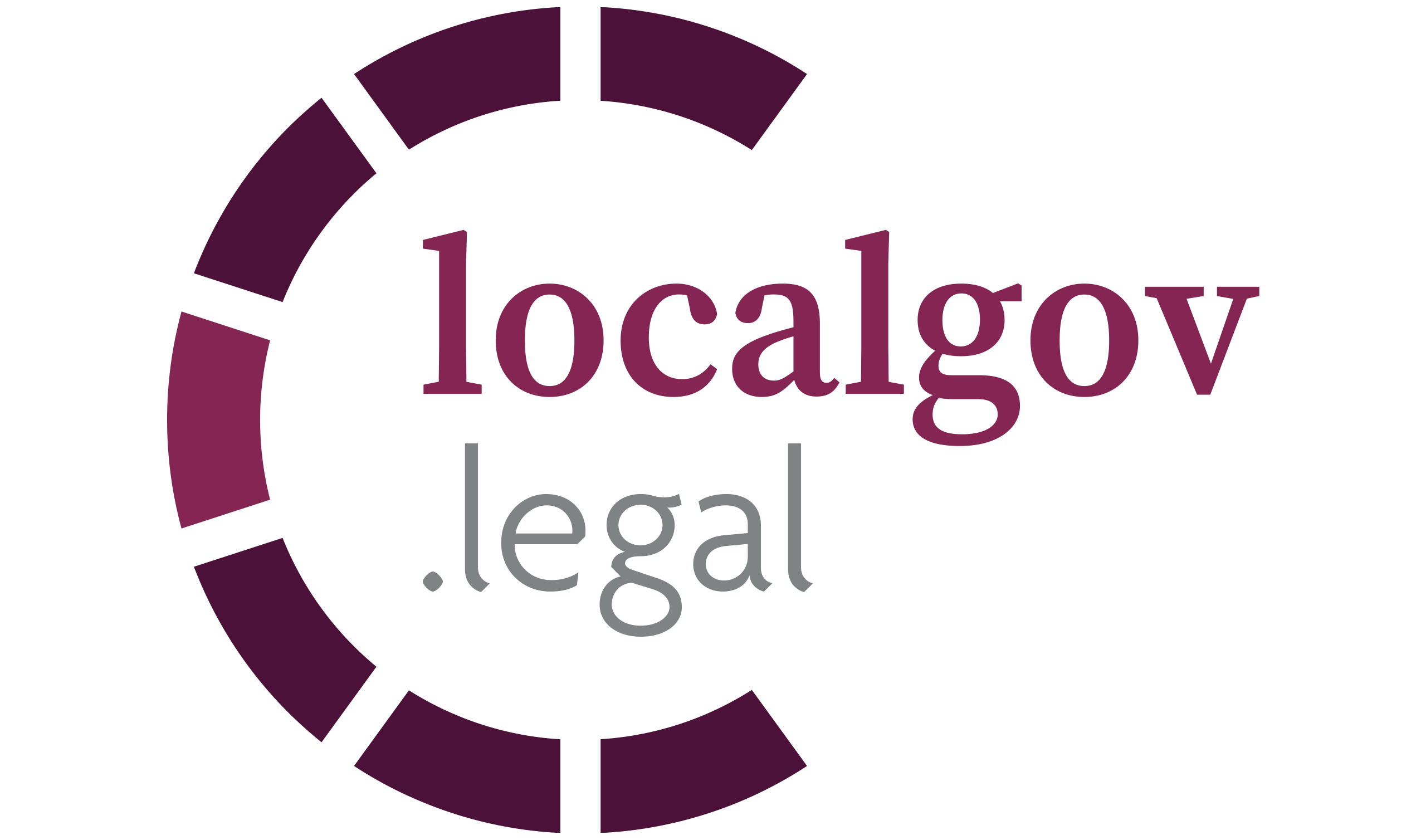Jonathan Bradley is Business and Practice Lead at Granicus Experience Group (GXG UK)
Local authorities and councils have a fundamental duty, often mandated by law, to engage with citizens and the broader community daily on various issues. Whether addressing individual inquiries or involving residents in new council initiatives, it is essential to utilise the most efficient and effective form of communication.
Photo by ROBIN WORRALLWhat strategies and solutions should local government use to reach more diverse audiences, especially with a new government focused on advancing its public sector agenda? In today’s digital world coupled with hybrid working, councils face growing pressure to rapidly improve engagement with the public and personalise interactions with the community.
Holistic and out-of-the-box thinking
Local authorities and councils would benefit from a holistic point of view when it comes to engaging with citizens. It’s not just about replying to queries and responses, it’s about going on a journey with them to achieve better outcomes. Providing an end-to-end engagement service for the public is key to successful communications, whether it’s digital or face-to-face.
While digital communication and engagement solutions offer several advantages such as the ability to ask questions and raise concerns 24/7 from any device or computer, it should not be seen as a tick box exercise. The strategy behind this needs to be thought through. It’s vital for local authorities to apply the key principles of service design and user experience for citizens when designing any given service. What does the customer journey look like? How can we make this more engaging and have all the necessary resources nearby to help them and make their lives easier? Sending out an online survey for feedback alone is not enough. In fact, it’s quite transactional and provides no dialogue for a resolution or outcome to be met with the end user. Going beyond the survey and using multiple engagement tools as well as face to face workshops around a topic will drive awareness and enhance the engagement experience. Therefore, the data produced off the back of it will also be more effective and insightful.
The digital world still has a place for face-to-face interaction
There’s no doubt that there are varying levels of digital maturity within the public when it comes to engaging with online and digital services. It’s about recognising that there are people who can’t engage digitally for a variety of reasons, such as financially or due to lack of digital literacy. But the reality is most people can and are wanting to embrace the digital world and digital first is fundamental to capturing diverse public opinion. So, by its very nature effective online engagement promotes inclusive and diverse opinions, by reaching more people at the right time, in the right way. However, simultaneously it will always be about understanding that while digital will work for most, the necessity to offer face-to-face communication for those unable to digitally connect also holds importance. That’s why hybrid engagement is an approach that councils and local authorities are already implementing, but it’s about getting the balance right.
The COVID-19 pandemic accelerated the need for local authorities to move from traditional face to face and often paper-based community engagement to online communications at pace. Now on reflection there is still a way to go to truly embrace the digital capability that online engagement brings – especially two-way dialogue and rich data insights. In addition, and perhaps most importantly communications and engagement ‘as a service’ needs redesigning for the digital age. Many ways of working remain unchanged, processes lifted and shifted, with the administrative burden of engagement left untouched.
Service design is essential to sustain engagement
Jonathan Bradley, Business and Practice Lead at Granicus Experience Group (GXG UK)Incorporating human centred design into the way community engagement and public consultation operates is not happening. Service design and customer experience remain alien concepts to many professionals in this field. Yet how else can we completely transform the experience and impact of engagement, rather than just moving one aspect to an online domain, without introducing these concepts? This links back to redesigning the service that best identifies the needs of citizens. Despite the uptake in online engagement from local government, the wider transformation piece is still yet to be seen from a strategic sense. As a result, some councils have taken a step back and overbalanced the hybrid communications scale on what they offer, with a return to face-to-face meetings. While they have their place, this approach should be minimised and chosen on a case-by-case basis, because does the general population really want to engage this way? The truth is, the average person is busy, time poor and for a variety of reasons the practicalities of visiting in-person can pose more challenges. The argument is not, are we doing too much online engagement but how do we do it better and leave no one behind.
Taking the citizen on a journey through engagement
The end goal of utilising digital engagement for local authorities and councils is about building trust. Providing reassurance that their input and suggested improvements to a public service are valued, will go a long way to enhancing the relationship. It’s essential to use an effective digital engagement solution to provide a safe platform for these discussions to happen, away from the electronic graffiti of social media. Taking the citizen on a journey with you is essential for building productive connections for the long term.
With a new government stepping into power and addressing the challenges left by its predecessors, alongside managing post-pandemic financial recovery, building trust has never been more crucial. Shaping and influencing public perceptions of technology and digital solutions will grow increasingly critical in the months ahead. Engaging citizens effectively at scale requires bringing them on board as active contributors to the solution, rather than viewing them as part of the problem.
In related news:
Opinion: Cybersecurity best practice – how councils can navigate the risks


















Leave a Reply